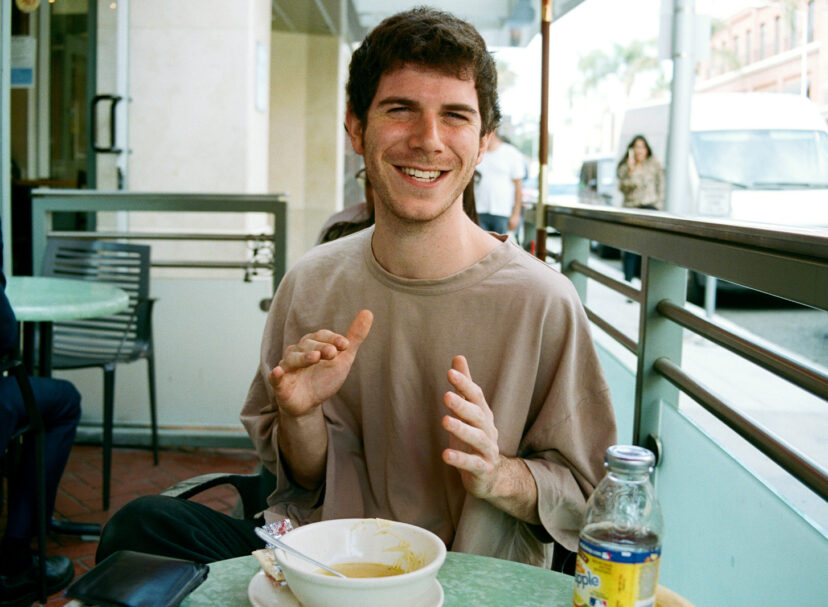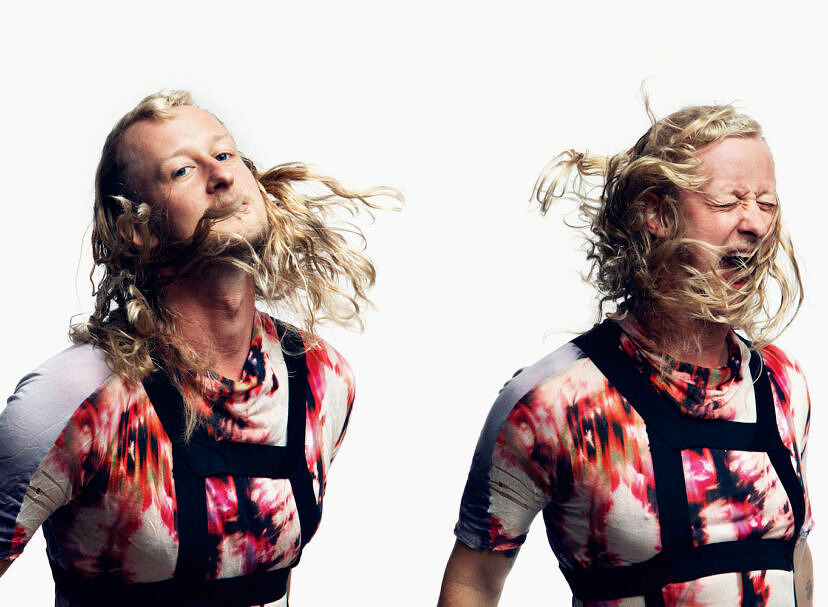Text And Interview: Alec Coiro
Photos: © Wing Shya 2015
If you look through the history of Ryuichi Sakamoto available online (which I strongly recommend you do), you’ll see him with Yellow Magic Orchestra pretty much playing a kind of music that had never been heard before on instruments that had never been used before.
Of course, the groundbreaking work of YMO was just a moment in time for Ryuichi Sakamoto. Certainly the world is full legendary masters who had their enfant terrible phase before becoming established, but Sakamoto seems to stay on the forefront of culture at every stage of his career; it was true of his early years, his work with Bertolucci, or even his 20-year prescience about the state of the music industry today. And you don’t fully grasp the breath-taking breadth of Sakamoto’s oeuvre until you sit down to discuss composing a film in 2016 that evokes the classic soundtracks of the Kurasawa-era and quickly wind up talking about the early years of Italo disco and Giorgio Moroder.

Beginning at the beginning, Sakamoto started out as a music composition student, but apparently some of the inspiration for his legendary career turn toward technopop had to do with wanting to avoid writing music. Sakamoto puts it this way: “I was studying very serious contemporary music at university, but I really hated writing music. That’s why I switched to technopop.” I ask him what exactly it is about writing music that he had difficulty with. He tells me, “It hurts.” I wonder to myself what exactly hurt, was it the metaphysical pain of self-expression. “It hurts my finger,” he interjects. “My style of holding a pencil is so strange. It really hurts.” He shows me with a pen he has handy, and, indeed, like everything he does, his style of writing is totally unique.
So he created his music on keyboards, setting out for waters where only a very few had sailed before. “There was only a tiny bit [of precedent]. We just lost Isao Tomita who was a true pioneer of synthesizers. Probably he was the only one. And Kraftwerk was the big model for us. We were in the same generation, but they started earlier than us.” He also adds Giorgio Moroder to his list of contemporaries, but along with this core group of pioneers, he was creating a completely new kind of music. “There was no genre yet. We started saying the genre like techno or techno-pop was our invention. There was no genre at that time.”
His turn toward film scoring has a similarly unlikely origin tale. It actually begins with his being cast as an actor first in Nagisa Oshima’s Merry Christmas, Mr. Lawrence. “The very first movie I made music for was also the first movie I acted in. I was asked to act first. The director Mr. Oshima came to visit me and asked me to act. Before I said yes, I asked him if I could make music for the film. He said yes, and so I said yes.” When asked why Oshima approached him as an actor first rather than a musician, Sakamoto says, “It’s a mystery to me. He chose me by looking at a photograph book I was in. But 30 years later I got the whole story. Mr. Oshima first approached Robert Redford instead of David Bowie and a very famous Japanese actor instead of me. But his top three choices were refused, so we [Bowie and Sakamoto] were his fourth choice.”

The remote location where Merry Christmas, Mr. Lawrence was filmed was an ideal meeting ground for the two musical visionaries. “We were together for almost two months. First one and half months we were on a very tiny island in the South Pacific Ocean. Very tiny. We were so isolated with nowhere to go except the lounge bar every evening. So we were hanging every evening. One night spontaneously, naturally, we started jamming. He started singing old classic ‘50s rock and roll.” At this point, in a fit of recollection, Sakamoto suddenly treats the room to a beat boxed rendition of the drum accompaniment: “tsssakatatakatetaka,” and hearing him evoke a fragment of that music somehow makes the memory real and I can see the two legends in the South Pacific jamming at the island canteen. “It went on for 20 minutes.”
In addition to being the first film he scored, Sakamoto also counts Merry Christmas, Mr. Lawrence as the easiest. “Mr. Oshima didn’t give me any directions or any instructions. He gave me almost 100% freedom. So it was like making my own album. And making album is not so easy. But for the film I have images, and that’s the most inspirational source for us to make music from. So that’s easier than making albums without any inspiration.”
The film that brought Sakamoto international recognition as a composer was Bernardo Bertolucci’s The Last Emperor. The score was recorded at Abbey Road studios and it was recorded section by section because naturally Sakamoto would use the most contemporary multi-tracking techniques available at the time. The old-school Bertolucci was unprepared for this. As Sakamoto recalls, “Bertolucci jumped into the studio and said, ‘Ryuichi! Where are the brasses! We need the brasses!’ ‘Hey Bertolucci,’ [Sakamoto responded,] ‘We’ll have the brasses tomorrow.’ ‘I need to hear brasses!’ And before that he shouted about the ‘big screen’ because there was no big screen [for film projection] in the studio at Abbey Road. And he was furious, ‘Where’s the big screen!’ Because that’s the only way he knew to record music.”
Of course, given time the recording of films scores would catch up to Sakamoto. However, in addition to being on the cutting-edge of how music is recorded, Sakamoto is almost prophetically on the cutting-edge of how recorded music is distributed, starting with being among the first to realize the implications the internet would have on the industry. “Right after the internet got really popular in 1995 I called lawyers, musicians, and artists to get together to talk about copyright law and the internet. And we had open meetings, and my conclusion was the rules should be decided by the artists and listeners not the lawyers and business people. The rules can be decided at each time by those two sides. For instance, one track of music I want to give it away free for anyone to copy or chop up. But the same artist might want to sell [another] piece of music for $100. Of course, my conclusion wasn’t fully implemented, but something close is Bandcamp where the artist and listener decides the price; that’s very democratic to me; very close to what I thought in ‘95.”

I met Sakamoto right before the screening of his latest scoring project, Yoji Yamada’s Nagasaki: Memories of My Son. According to Sakamoto’s remarks before the screening, Yoji Yamada approached him in his dressing room in 2014 right after one of Sakamoto’s performances to ask him to compose music for the film, and according to Sakamoto it was a request that “Not a single Japanese person could refuse.” Such is the stature of Yamada, an institution in Japanese film. The challenge this time for Sakamoto was to match Yamada’s style. “It was very challenging, obviously. The general tendency of his films is that anyone can enjoy them, can cry and laugh. That’s what he does. I have to write music for a film which anyone can understand naturally and easily. Anyone can react to…It’s a really opposite way. It was a first time for me to work with that kind of music.” His solution was to turn to the old master’s of Japanese cinema. “My intention was to make music for the film that was a reflection of Japan’s golden era and directors like Kurosawa, Mizoguchi, Naruse. That kind of ‘50s and ‘60 era of Japanese cinema at the peak in history. I wanted to write music that would sound like a creation of that era for this film, particularly Japanese cinematic music.”
I asked him what type of films he enjoyed growing up; he says he “was a more avant-garde film culture fan.” I asked him if he still appreciated the avant-garde. Of course he does. “It’s my nature.

